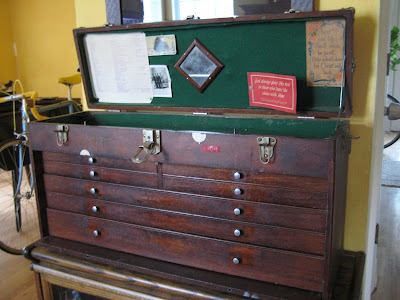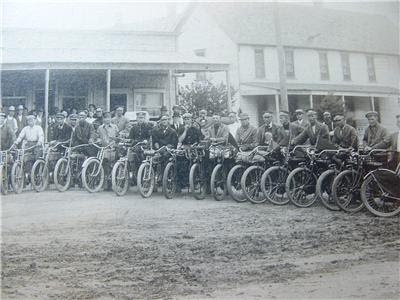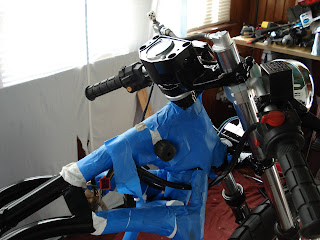
First off. I am NOT a machinist. I love making small metal pieces out of larger metal pieces but what little I can do is self-taught.
Machinist's boxes are, to many, works of art. Whether made of wood or metal, they are a bit different than a carpenter's or mechanic's box. Machinist boxes are typically smaller and not as deep as other boxes. The tools stored are generally not as large but are more precise and far more expensive. This is why machinists boxes also contain tills and drawers that are lined with protective felt. Another unique feature is the locking front drop panel.
As a machinist progressed through his training, from apprentice to journeyman to professional, his box followed. In the wooden box world, it was common for a machinist to build his own box as part of his apprenticeship. I have heard that it was to show his skills and that to many it was sort of a right of passage. What made one decide to purchase a metal box and another to build his own, I cannot say. Most wooden boxes appear to be earlier. During WWII, there was a great need for machinists and other skilled laborers. The long process from apprenticeship to professional remained but doesn't appear to have been as much of a focus as the need for war production. This is only my opinion.
Kennedy is a name that is synonymous with quality and has always been the standard in metal boxes. Well-made and easy to pick out in a crowd, they have been around since the beginning of the 20th century. Kennedy still makes these as well as high quality mechanic's boxes.
Below is my box. This is a Kennedy 526 "Journeyman" box.


Below is a box I purchased from a neighbor. It was his father's Kennedy 520 "Apprentice" box. This box was built in the 40's and came to me full of nice American-made tools - a real find! In the accompanying paperwork were pay slips and a log of his training. The last entry is dated 1950. The box then sat essentially unused until I got it almost 60 years later. I use it frequently but I will leave the contents arranged as the original owner had them. I think that is only right.


Wooden boxes are still made today for those who chose not to build one. Some are Chinese junk and some are high quality. Union and Gerstner are quality vintage brands of wooden boxes and Gerstner is still made today. They go for $600 - $800! Ironically, antique Gerstners go for about the same amount.
Last is a box I just acquired and the one which means the most to me. This was my grandfather's. Built by him in the 30's or 40's, he worked for a time during WWII for Wright Aircraft Engines and retired from McDonnell Douglas in the 1960s. He chose to work mostly with wood in his retirement and made some stunning pieces. I remember this box sitting on his workbench when I would visit him as a child and is all I ever wanted of his since his death in 1992.

For various reasons, it took 17 years but, with the persistence of my father, I will now be able to preserve this box and what it stands for. Unfortunately, other relatives first stripped the requested tools from it but, while I am unable to preserve it as he had it arranged, I am grateful to have this box - made with his own hands. It has "him" all over it.

You can see where he carved his name in a creative way on the front. It is a large, heavy box and will need a little TLC but it is as unique as he was.

If you have a neat story of old tools and such, please post them on the KC CafeRacer Yahoo group page or e-mail them to me.


































